Last week I touched on the importance of salt and sugar in your food storage. This week I was reminded of an old pioneer story.
Many people know the story of the Miracle of the Seagulls in 1848 for the early Saints in Utah. But that wasn’t the only time crops were decimated by insects. Some years it was crickets, other it was grasshoppers, other times it was beetles. But the seagulls weren’t the only miracle provided.
These early settlers were poor-- and often hungry. Journals from the time included these statements and many others:
“We lived on cornbread and molasses for the first winter.”
“We could not get enough flour for bread … so we could only make it into a thin gruel which we called killy.”
“Many times … lunch was dry bread … dipped in water and sprinkled with salt.”
“These times we had nothing to waste; we had to make things last as long as we could.”
The winter of 1854-55 was one of these hard times. The world had barely emerged from “the Little Ice Age,” and this year many of the Saints’ livestock and horses had frozen to death. The spring brought destructive floods. By summer, some kind of beetle was consuming most of the potatoes. To top it off, grasshoppers proliferated and ruined two-thirds of the wheat crops in the area. George A. Smith wrote, “Myriads of grasshoppers, like snowflakes in a storm, occasionally fill the air … as far as the eye can reach.” (Works Projects Administration, Provo: Pioneer Mormon City, Portland, Oregon: Binsfords & Mort, 1942, p. 84.)
One account continues,
“Already near poverty level, the grasshopper-stricken Saints had to make do with whatever food they had on hand. Children were not allowed to cook or help with meals for fear of wasting precious flour and sugar.
“Then, having prayed for divine help, they experienced a miracle not unlike that of Moses’ people in the Paran Desert. At the end of July 1855, the people of Provo discovered a sugary substance on the leaves of trees near their homes. They called it ‘honey dew’ or ‘sugar-manna,’ and word of its discovery spread quickly through the frontier community.
“Many speculated on the origin of the sticky, sweet substance. Some maintained that it came from cottonwood leaves; others that it was found on other leaves and even on rocks. Deposits as thick as window glass were reported.
“Whatever its nature, the sugar-manna was badly needed. Sugar cost a dollar a pound [that’s about $30 in today’s money] and was in short supply. So the people set about gathering and processing the sugary substance. Sister Lucy M. Smith, wife of George Albert Smith, described with some pride the process she used:
“'We had a very dry warm spring and summer and we were very destitute of sweet, so the Good Provider set HoneyDew to the Cottonwood and willow leaves, and so Brother George Adair and wife, Sister Hannah and myself took the necessary utensils, went among the bushes, cut bows washed off the sugar flakes into tubs, strained the sap, cleansed with milk and eggs then skimmed as it boiled. I understand the process necessary, as I had seen my Mother manufacture sugar from Maple sap. We four worked two days, made 50 lbs of nice sugar, besides feasting on Pancakes and Molasses, and making a quantity of candy for the children.
"‘Brother Adair carried over tithing to the Bishop, he said ours was the best of any brought in he wished to know the reason, I told him that he had an old sugar hand along that understood the business.’ (‘Historical Record of Lucy M. Smith,’ Lucy M. Smith Papers, Historical Department of The Church of Jesus Christ of Latter-day Saints, Salt Lake City.)
“Between three and four thousand pounds of sugar was made in this way. When Bishop Elias H. Blackburn of Provo took the tithing sugar to the General Tithing Office in Salt Lake City, he met President Brigham Young, who said that it was sugar from the Lord.” (See Thomas C. Romney, The Gospel in Action, Salt Lake City: Deseret Sunday School, 1949, p. 4.)
(Read the whole story here.)
_______
So what can we learn from this account, that applies to us and storing food?
First, food storage is important! You never know what factor—or combination of factors—will lead to you needing it.
Second, sugar is very valuable in hard times. Can you imagine paying $30 for a pound of sugar? Sugar was one of the items rationed during WWII.
Third, the Lord helps, but the way He helps usually requires work on our part. In the Provo Sugar Miracle case, He provided the raw material, but it was hours and days of work to get the sugar in a useful form.
Wouldn’t it be better to do what you can now, while food is plentiful and relatively cheap?
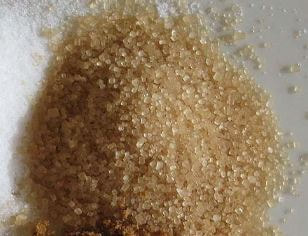
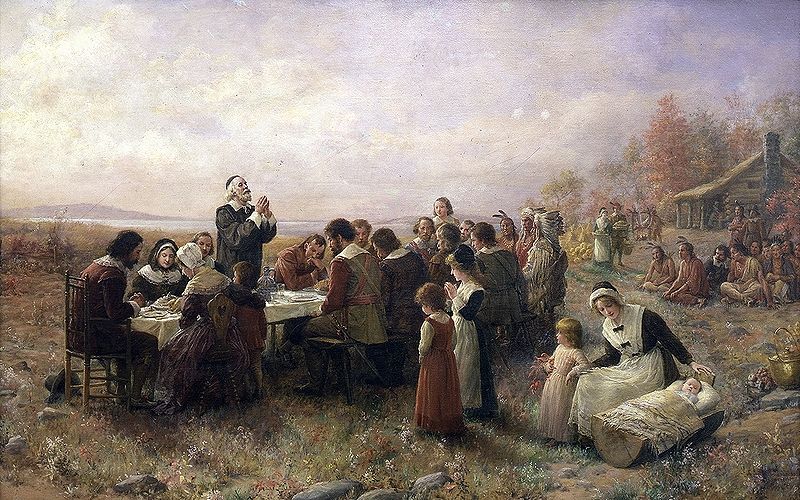
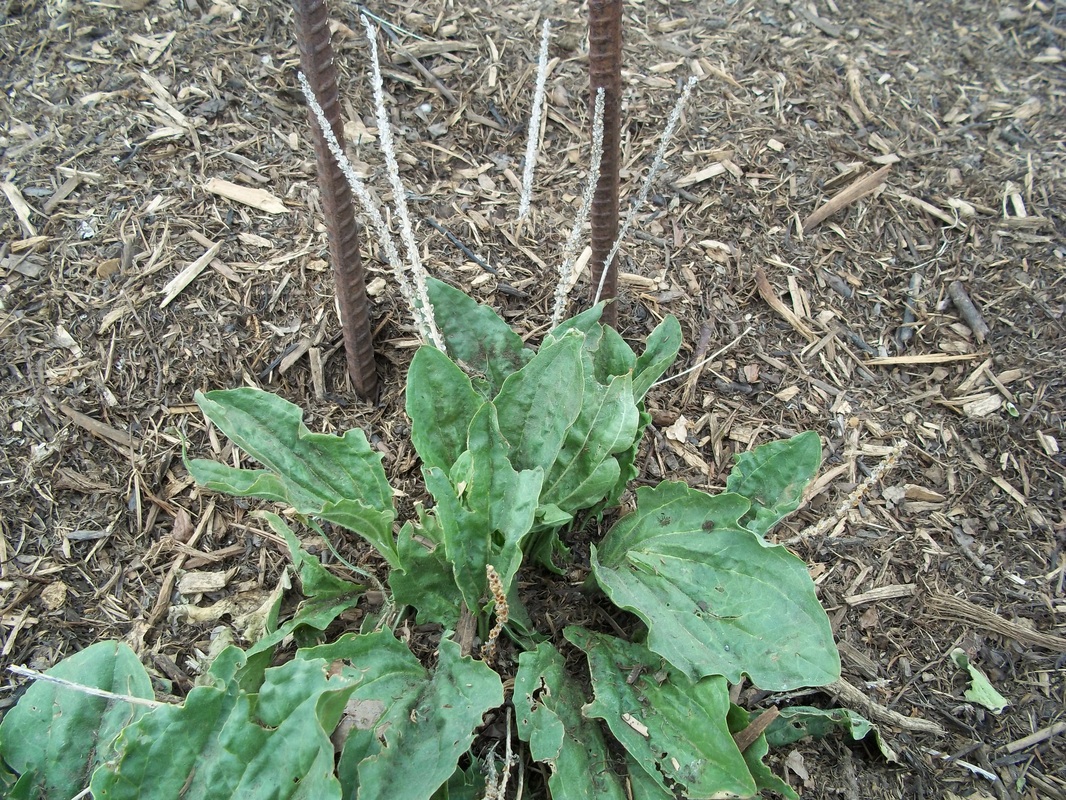

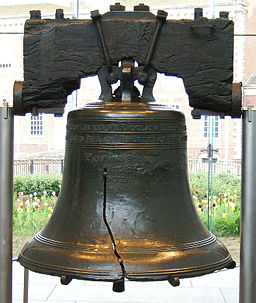

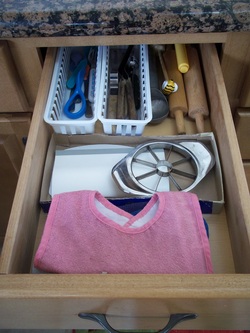


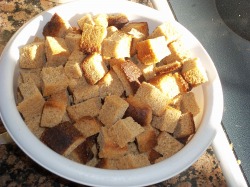
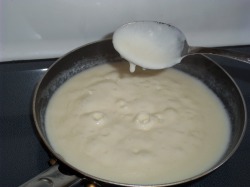
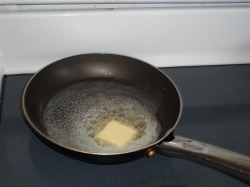
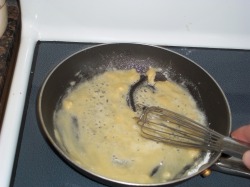
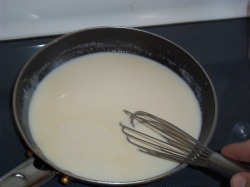


 RSS Feed
RSS Feed